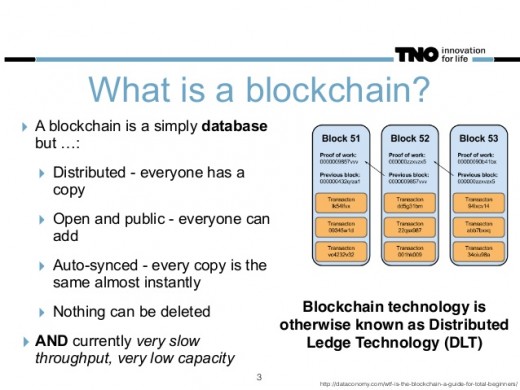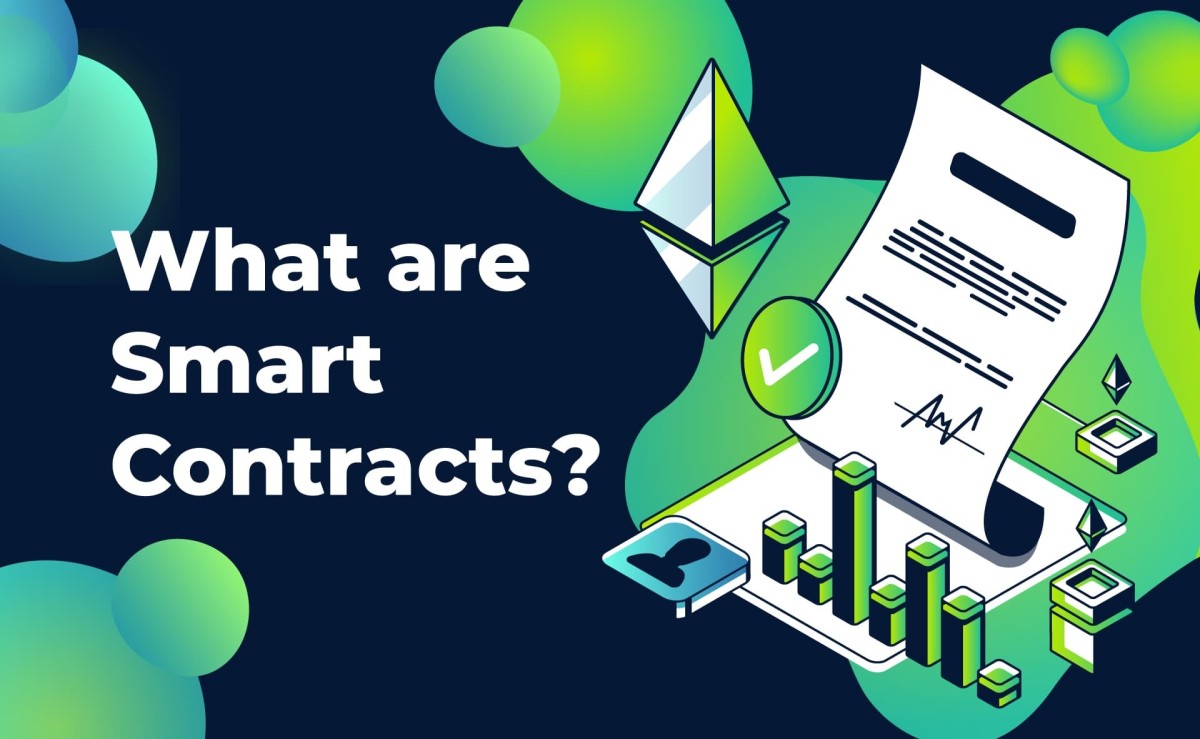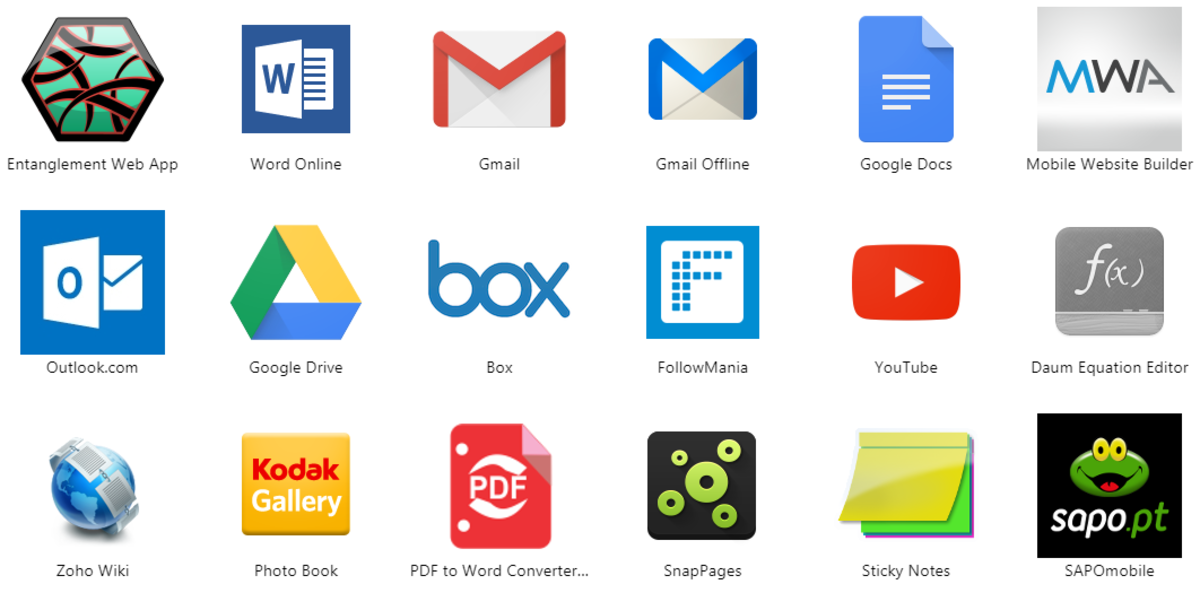The Basics of the Blockchain
Introduction to Cryptocurrency
Have you ever heard of Bitcoin or Ethereum? Well, those are technologies called cryptocurrencies. What a cryptocurrency is, is a decentralized way for people to send money around the world without going through any bank or centralized body of government of control.
How It works and why It works
So now that we know what it does, let's jump into how it does it. It all starts out with what's called a wallet. This wallet is just a string of ones and zeros. Binary for short. We'll use Bitcoin as an example. Let's say Bob wants to send 1 BTC (Bitcoin) to Alice. Bob registers a transaction on what's called the Blockchain. The Blockchain is a digital ledger of transactions. The concept is simple. Bob's wallet is subtracted 1 BTC, and Alice's wallet gains 1 BTC. Everyone who owns a Bitcoin wallet has a copy of the Blockchain somewhere on their machine. When they make a transaction, they update the Blockchain and simultaneously updating everyone else's. When there are different copies of the Blockchain, the system doesn't even fail then. What happens is, all the Blockchains are compared to each other. The mode of the Blockchains becomes the version that all of them update to.

Technical know-how
There are some questions that we haven't answered about the Blockchain. The question "How do we know who's wallet is who's?" is about to be answered. Here's how a transaction works. We'll bring our two characters, Bob and Alice back for our example. Bob wants to send another Bitcoin to Alice. Bob needs to prove the Bitcoins are his. The way he does this is using public key and private key cryptography. His Bitcoin address (like an email for sending and receiving Bitcoins) is mathematically related to a public key. The wallet he owns also has a private key. For the transaction to go through, he needs to sign his public key with his private key. Then, the signed transaction is sent to a Bitcoin node that process transactions. The node passes this off to what are called miners. The transactions need to be confirmed using advanced mathematical algorithms. And the miners use machines to solve these. Some transactions sit unconfirmed forever sometimes for a simple reason, they were never hashed the right way. Another question is "How are Bitcoins generated?" Well, I spoke about how miners are solving these algorithms. But why? Clearly, they have to profit from it somehow. And they do. The transactions are stored in what are called blocks. The miners have to hash these blocks correctly. The system recognizes when they aren't hashed correctly. Even adding a simple letter or number would change the hash completely. When a block is properly hashed, it is sealed and a reward is distributed to the miners based on the workload.
What does the Blockchain solve?
The Blockchain is described as a breakthrough in I.T. technology. The example of which that was given was currency. It could have so many other uses. Another fascinating function of the Blockchain is that every transaction signature (the signed version of it) is derived and has parts from the one prior to it in its block. This can solve many problems like machines and software components breaking down. The issue would be clear because the blockchain integrity is held on the basis of a chain is only as strong as its weakest link.
Overall Conclusion
The Blockchain is a versatile piece of technology that can change the way we see the I.T. industry and currency. It has mathematical value, technological value, and scientific value. It will surely revolutionize the way we see software and databases.








